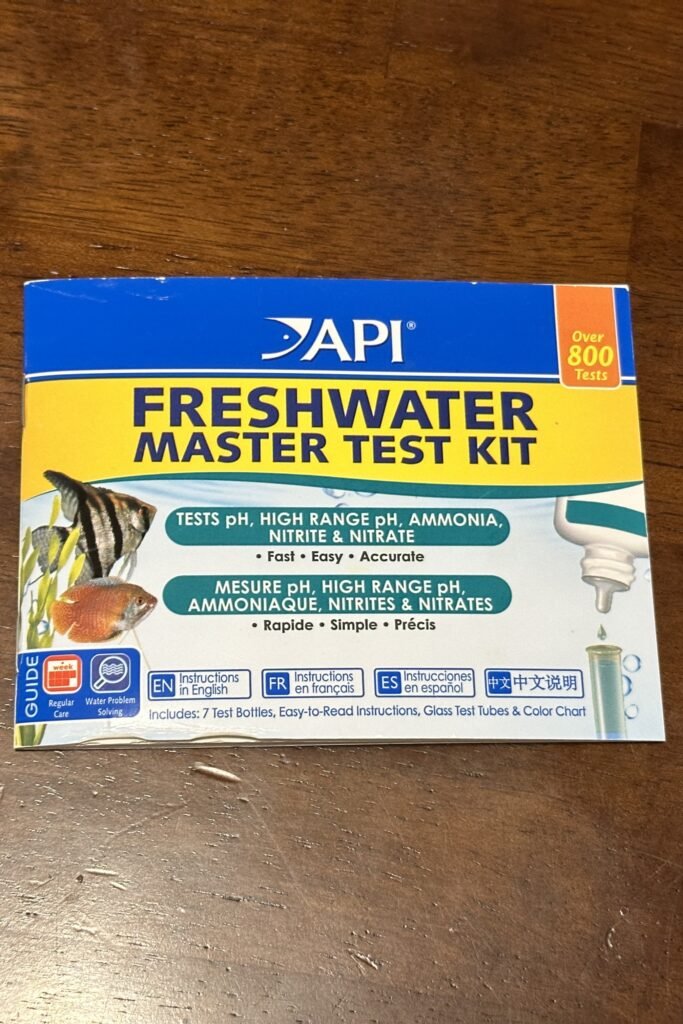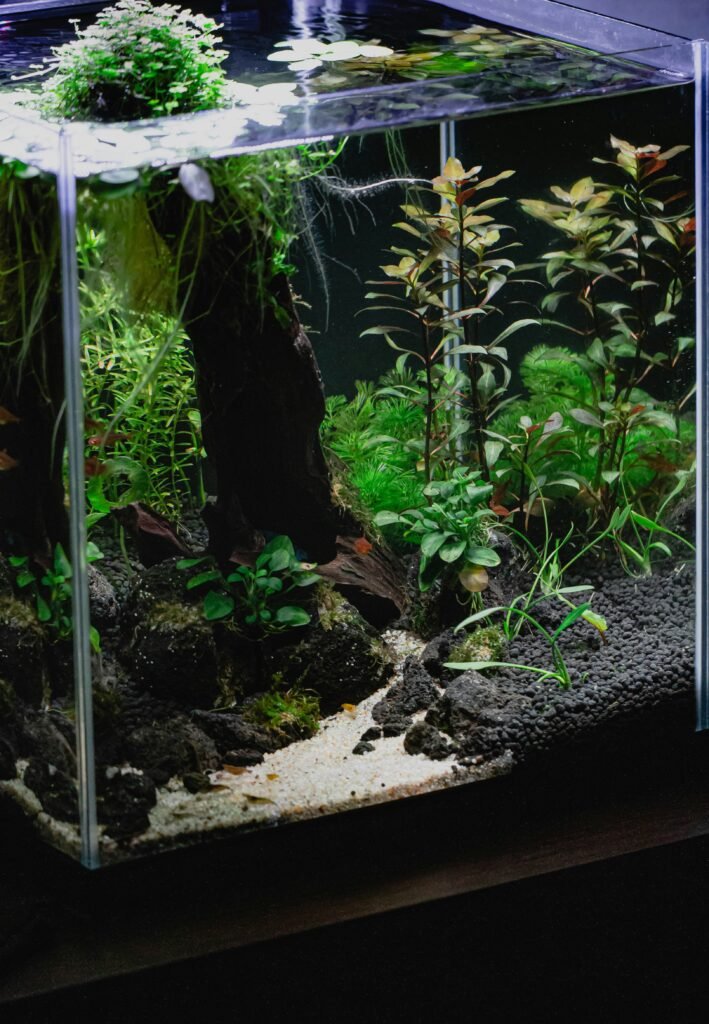How to Test Tank Water Quality Using a Test Kit or Test Strips
Introduction to Water Quality Testing Maintaining water quality in a freshwater aquarium is of paramount importance for the well-being of its inhabitants. Both fish and plants rely on a balanced aquatic environment, making regular testing of water parameters essential. This practice is not limited to beginners; even experienced hobbyists must consistently monitor water quality to ensure a thriving aquarium. Testing water parameters allows aquarists to detect changes in the aquatic environment that could potentially harm fish and plants. Key parameters to monitor include pH, ammonia, nitrites, nitrates, and hardness. By keeping these factors within optimal ranges, aquarists can prevent issues such as fish stress, disease outbreaks, and poor plant growth. There are two primary types of test kits available for water quality testing: titration test kits and test strips. Titration test kits, often regarded as the gold standard for accuracy, involve the use of droplet bottles and test tubes. These kits provide precise readings and are particularly useful for detecting minute changes in water parameters. However, they require more time and effort to use. On the other hand, test strips offer a quicker and more convenient alternative. These strips are dipped into the water, and results are obtained within minutes by comparing the color changes on the strip to a provided chart. While not as accurate as titration kits, test strips are sufficient for routine checks and can serve as a preliminary measure before more detailed testing is conducted. In summary, regular water quality testing is crucial for maintaining a healthy freshwater aquarium. By utilizing either titration test kits or test strips, aquarists can ensure that their aquatic environment remains balanced and conducive to the well-being of their fish and plants. With this foundational knowledge, both beginners and seasoned hobbyists can achieve a thriving and vibrant aquarium. Key Water Quality Parameters to Measure Maintaining optimal water quality is crucial for the health and well-being of the inhabitants in your freshwater aquarium. Several key parameters need regular monitoring: pH, ammonia, nitrite, and nitrate. Each parameter plays a significant role in the overall ecosystem and has specific ideal ranges to ensure a healthy environment for your fish. The pH level measures the acidity or alkalinity of the water. It is vital for the physiological and biological processes of aquatic life. Most freshwater fish thrive in a pH range of 6.5 to 7.5. Deviations from this range can cause stress, reduce immune function, and affect the efficiency of biological filtration processes. Ammonia (NH3) is a toxic waste product generated from fish excretion and decomposing organic matter. Even at low concentrations, ammonia can be harmful to fish, causing gill damage and respiratory problems. In a well-cycled aquarium, the ammonia level should be maintained at 0 parts per million (ppm). Beneficial bacteria, primarily Nitrosomonas, play a critical role in converting ammonia to nitrite, thus preventing toxic accumulation. Nitrite (NO2) is another harmful compound formed during the nitrogen cycle. Similar to ammonia, nitrite is toxic to fish and can interfere with oxygen transport in the blood. The ideal nitrite level in a cycled tank should be 0 ppm. The conversion of nitrite to nitrate is facilitated by another group of beneficial bacteria, Nitrobacter, which ensures the continued detoxification of the aquarium environment. Nitrate (NO3), the final product of the nitrogen cycle, is considerably less toxic but can still pose risks at high levels. Elevated nitrate concentrations can lead to algal blooms, poor water quality, and long-term health issues for fish. Keeping nitrate levels below 20 ppm is advisable to maintain a healthy balance. The nitrogen cycle is fundamental to understanding how these parameters interrelate. Beneficial bacteria play a pivotal role in converting harmful ammonia into nitrite and then into nitrate, making the water safer for your fish. Regular testing and monitoring of these key water quality parameters will help ensure a stable and thriving freshwater aquarium environment. Practical Tips for Conducting Water Tests Conducting water tests accurately is essential for maintaining a healthy freshwater aquarium. Here are some practical tips to ensure you get reliable results. To begin with, always use a clean syringe to extract water samples for your test tubes. This helps avoid contamination, which can lead to inaccurate readings. There are two common types of water test kits: titration test kits and test strips. For titration test kits, follow these steps: 1. Using your syringe, draw a sample of aquarium water and carefully add it to the test tube provided in the kit. 2. Add the reagent drops as specified in the kit’s instructions. 3. Swirl or shake the test tube gently to mix the solution. 4. Observe the color change and compare it to the provided color chart to determine the concentration of the parameter you’re testing. For test strips, the process is simpler: 1. Dip a test strip into the aquarium water for the time specified in the instructions (usually a few seconds).2. Remove the strip and shake off excess water.3. Wait for the colors on the strip to develop, usually within a minute.4. Compare the color changes on the strip to the provided color chart to read the results. Interpreting the color changes correctly is crucial. Always compare the results under good lighting conditions and follow the manufacturer’s instructions carefully. Accuracy in these steps ensures that you get a true representation of your aquarium’s water quality. Regarding frequency, for newly established tanks, it is recommended to conduct water tests weekly. This helps you closely monitor the water parameters and make any necessary adjustments. For established tanks, the frequency can be reduced to bi-weekly or monthly, but regular monitoring should still be maintained to ensure a stable environment for your aquatic life. Additional Water Parameters and Their Importance While pH, ammonia, nitrite, and nitrate are often the primary focus for freshwater aquarium enthusiasts, there are additional water parameters that also play a crucial role in maintaining a healthy aquarium environment. These include water hardness, chlorine, and alkalinity, each of which requires attention, albeit with varying frequencies of testing. Water hardness,










